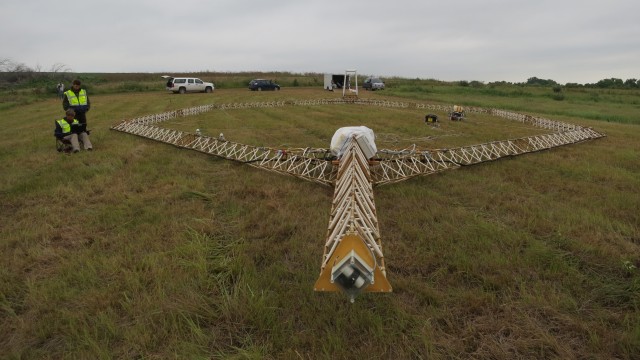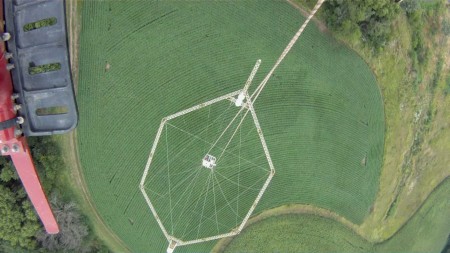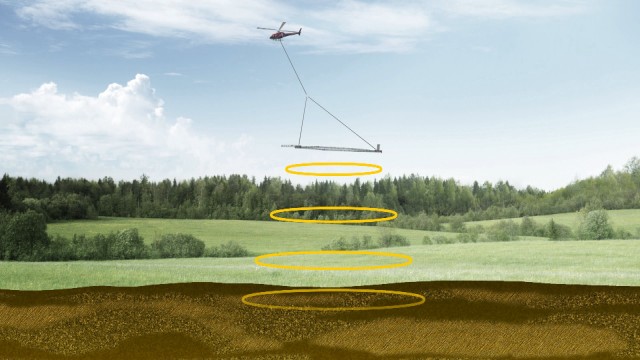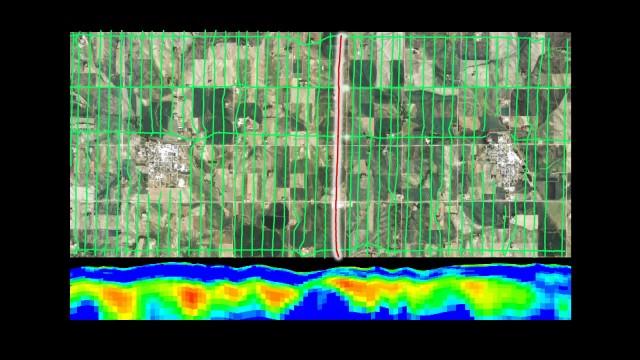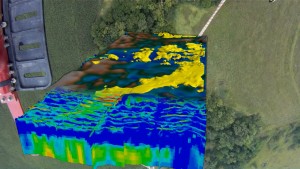Fill up a glass of water to quench your thirst. Wonder where it comes from? Chances are it’s from underground water sources called aquifers, which provide fresh water for most people on Earth. Unlike highly visible rivers and streams or lakes and ponds, aquifers are beneath the surface, so finding them is tricky
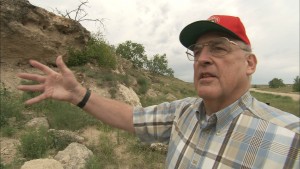
But water scientists, like University of Nebraska hydrogeologist Jim Goeke, know where to look for clues to groundwater deposits. Goeke took us to a rocky outcrop along a rural highway to see exposed layers of rock, sand, and gravel. “Aquifers are water-saturated layers of gravels and sands,” he said. “The open spaces between these grains store and transmit water. These outcrops give us an idea of what aquifers look like below the ground.”
Beneath the Great Plains is one of the world’s largest aquifer systems, stretching from the Dakotas to Texas. Other regions in the U.S. contain a patchwork of aquifers, so locating them is no easy task. And as more states grapple with prolonged drought, it’s become critical for leaders of natural resource districts to map and manage aquifers that provide water for people and agriculture.

Traditionally, Jim Goeke and his colleagues have had only one practical option to find aquifers. They drill a series of test holes in search of samples of sediments that store and transmit water. “Depending on where you are, you can find sands and gravels and silts and clays,” explained Goeke.
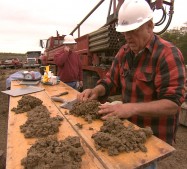
At each drill hole, geologists analyze the samples, layer by layer, to map the water-bearing sands and gravels that form aquifers. But drilling is costly and time consuming, so test holes are only drilled every three to six miles. And since they are so far apart, geologists can only estimate the shape of an aquifer.
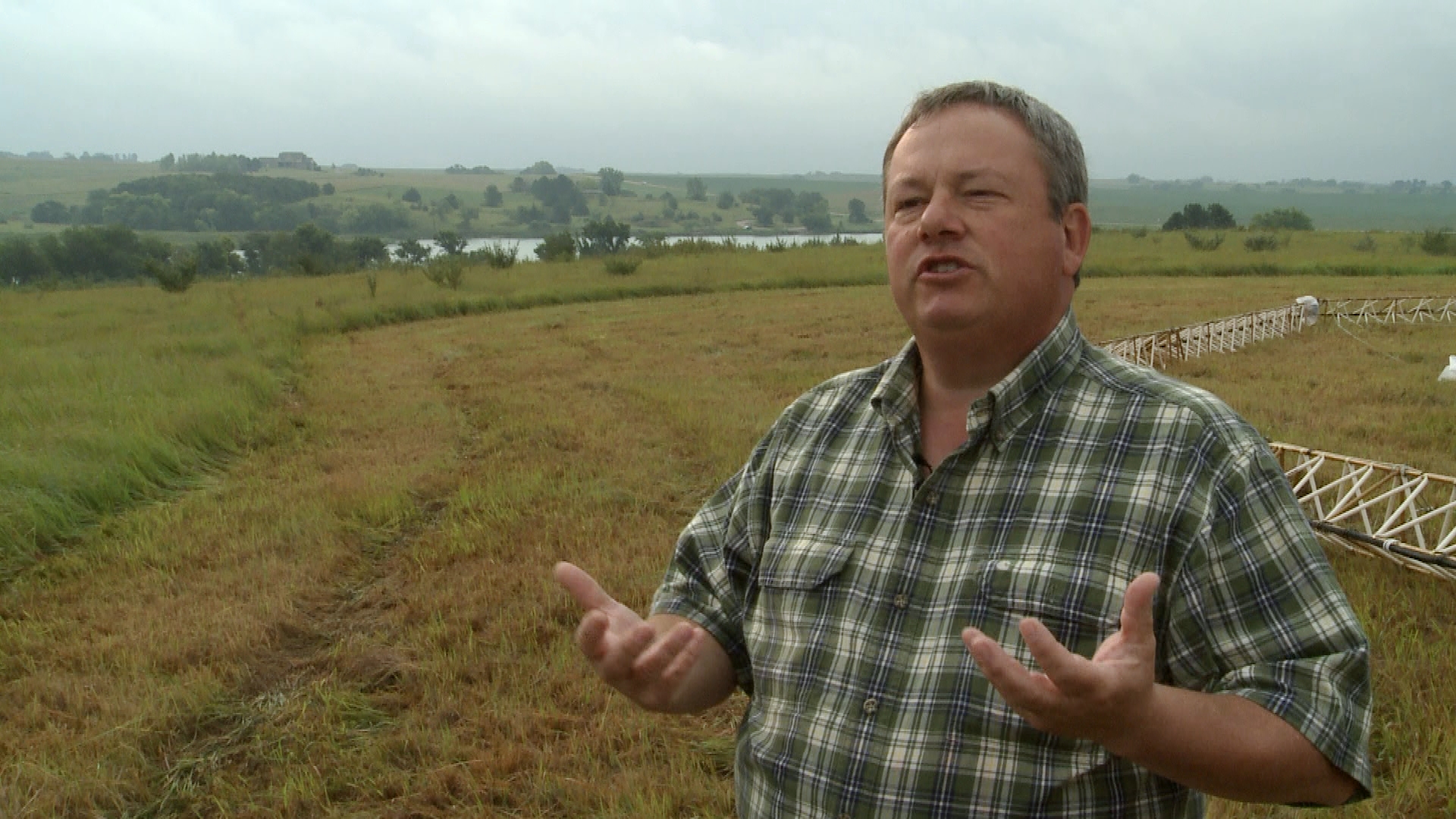
According to Jim Cannia, a geologist for Exploration Resources International, “Our method has been analyzing a series of drill holes and using our training and imagination to fill in the dots between sites to define aquifers.” So, getting results from drill surveys may take months or years to complete. That’s been the practice for 150 years.
